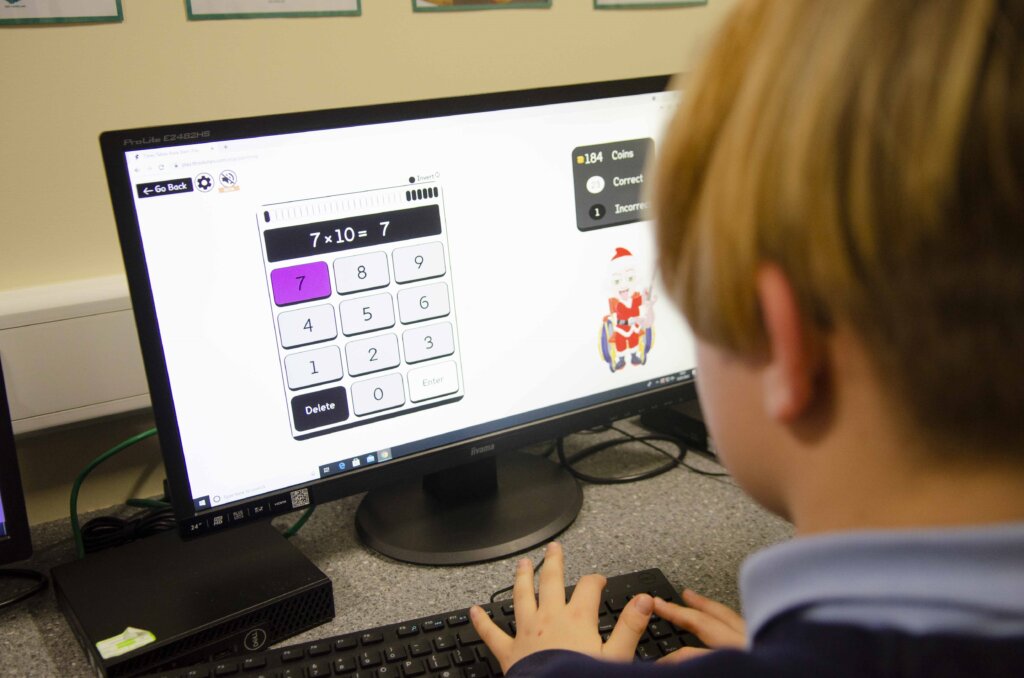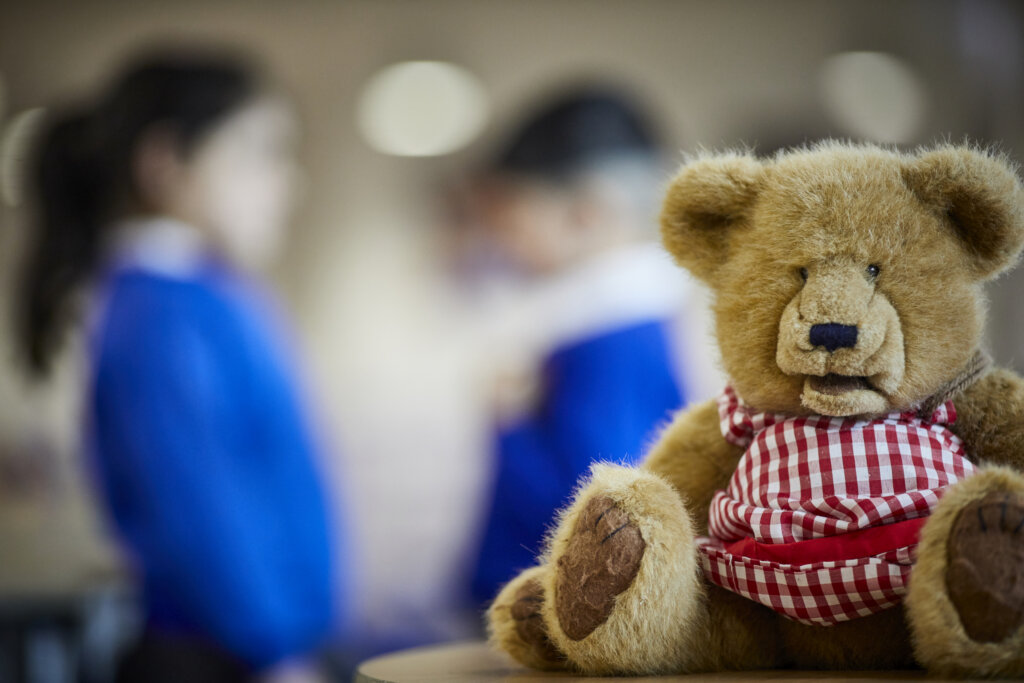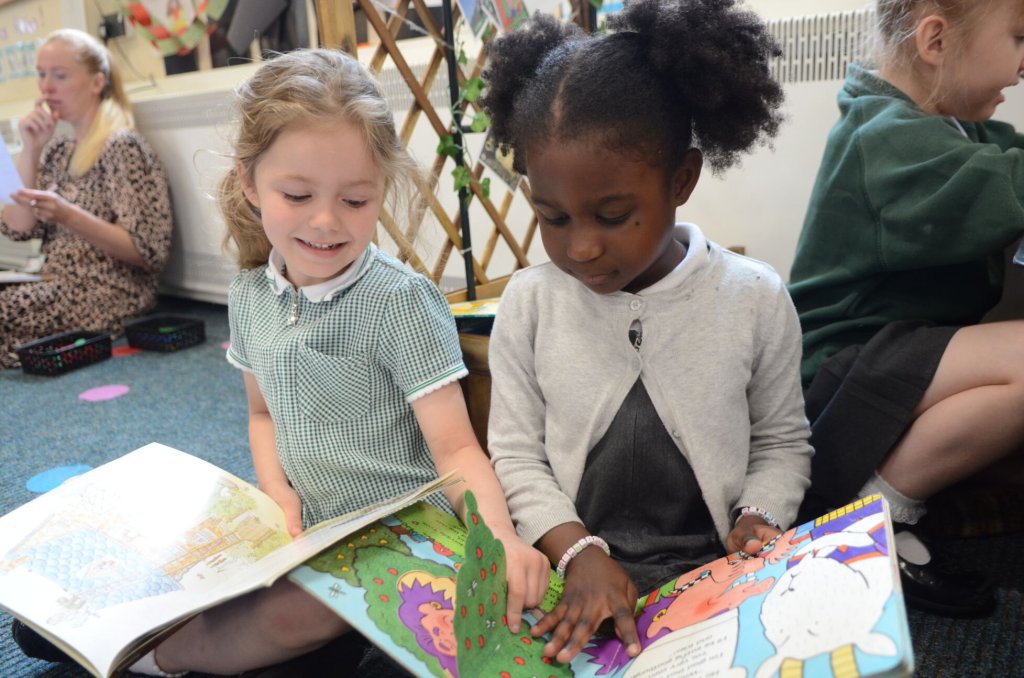Nursery rhymes, with their catchy rhythms, simple narratives, and whimsical characters, are often one of our first introductions to language, storytelling, and emotional expression. For many, these rhymes hold a sense of nostalgia, often connecting us to memories of comfort and safety from early childhood. In creative arts therapy, nursery rhymes serve as a powerful tool, offering a familiar foundation that people of all ages can engage with, especially those working through trauma, emotional challenges, or developmental struggles.
Why Nursery Rhymes?
Nursery rhymes provide several elements that make them highly effective in creative arts therapy:
- Rhythm and Predictability
Nursery rhymes are characterised by rhythm and repetition, which create a predictable structure. This can be comforting, particularly for individuals who feel anxious or out of control in other areas of their lives. Repetition provides a safe space where they can engage without fear of failure or judgment, creating a reliable pattern that becomes therapeutic. Moreover, rhythm has been shown to aid in regulation, soothing individuals and helping them feel grounded.
- Simplicity and Accessibility
Nursery rhymes are typically short and easy to remember, making them accessible for people with diverse cognitive abilities. For children, the simplicity allows them to focus on meaning, expression, and creativity rather than on complicated language. For adults, the simplicity of these rhymes can open a doorway to deep-seated emotions and memories, offering a direct link to early experiences.
- Playfulness and Humor
Nursery rhymes often contain elements of humour or absurdity that invite play and imagination. This can be especially beneficial for individuals who are guarded or reluctant to engage in therapy. The playful nature of nursery rhymes lowers defenses, allowing them to express themselves more freely and openly. Humour and play help build a therapeutic connection, enhancing rapport and fostering a sense of safety.
Applications of Nursery Rhymes in Therapy
Creative arts therapy spans various modalities, from music to drama, visual arts to movement. Nursery rhymes can be adapted to fit each of these modalities, offering therapeutic benefits across different forms of expression:
1. Music Therapy
In music therapy, nursery rhymes can be sung, played on instruments, or even adapted into new compositions. Individuals might be encouraged to change the lyrics to express their own experiences or feelings, transforming the rhyme into a personal narrative. For children and young people, simply singing or playing a favourite rhyme can be comforting, while older clients may feel empowered by creatively adapting or remixing a familiar song.
2. Drama Therapy
The characters and scenarios in nursery rhymes lend themselves well to role-play and storytelling in drama therapy. Individuals might act out scenarios from nursery rhymes, exploring emotions and problem-solving strategies in a safe and playful context. For example, someone might identify with Humpty Dumpty’s “great fall,” and through the rhyme, they can process feelings of vulnerability and resilience. This role-play creates a structured way to externalise feelings, enabling clients to view their own issues from a fresh perspective.
3. Art Therapy
Visual arts can bring the imagery of nursery rhymes to life, inviting individuals to paint or draw scenes inspired by the rhymes. They may illustrate their interpretations of the rhyme’s characters or settings, or even recreate them as self-portraits, reflecting their own feelings or challenges. This provides a way for people to externalise thoughts and emotions, fostering insight and understanding.
4. Dance and Movement Therapy
The rhythmic and repetitive nature of nursery rhymes lends itself beautifully to movement-based therapies. Individuals can embody the characters or scenarios through dance, using movement to express emotions that may be difficult to verbalise. Rhythmic movement to a familiar rhyme can also enhance coordination, relaxation, and self-regulation, helping people feel more present and connected.
Benefits of Nursery Rhymes in Creative Arts Therapy
Nursery rhymes can offer a sense of safety, engagement, and comfort, while also serving as a gateway to deeper therapeutic work. Here are some of the specific therapeutic benefits they offer:
- Building Emotional Awareness and Expression
By interacting with familiar yet simple narratives, individuals have a safe space to explore and articulate emotions. They can project their own feelings onto the characters in the rhymes, gaining insight and understanding of their internal experiences.
- Encouraging Connection and Trust
Nursery rhymes are universally relatable and culturally widespread. Their familiarity can bridge gaps, helping build rapport between therapist and client. For children, especially, engaging with rhymes can feel like a fun activity, making it easier for them to open up and establish a trusting relationship with the therapist.
- Supporting Cognitive and Language Development
Nursery rhymes are an effective tool for promoting language, memory, and cognitive skills, particularly for children and those with cognitive disabilities. The repetition and rhythm inherent in these rhymes can enhance language processing and memory recall, fostering development in a low-stress environment.
- Providing a Sense of Empowerment
When individuals take ownership by modifying, performing, or interpreting nursery rhymes, they develop a sense of control and agency. This can be particularly empowering for those who have experienced trauma or feel a lack of control in their lives, allowing them to reshape a familiar narrative in a way that resonates with them.
Nursery rhymes offer creative arts therapists a rich, flexible, and comforting tool for engaging people in the therapeutic process. Their simplicity, rhythm, and familiarity open doors to exploration, self-expression, and healing. Whether working with children or adults, creative arts therapists can use nursery rhymes to create a safe, playful, and insightful therapeutic environment—one that encourages clients to reconnect with their inner selves and discover new ways to navigate their world.
In the gentle cadence of a nursery rhyme, there lies a world of healing potential.
Please complete the form below and we will get in contact as soon as we can to help you with your query.
















